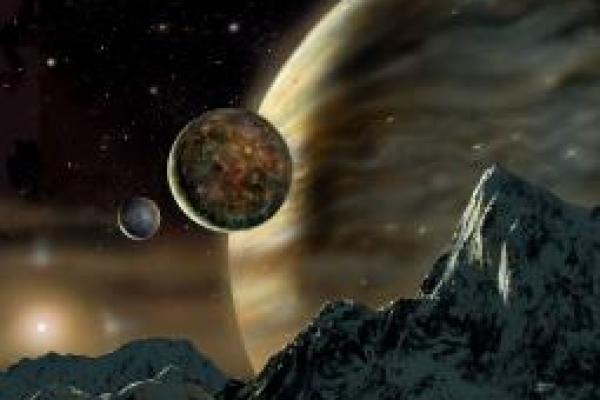
Understanding the evolution of planetary systems and their host stars from the ground and from space
Benjamin Montet - University of Chicago
Thanks to more than 20 years of dedicated searches for exoplanets, we now know of the existence of thousands of other worlds. The search to detect these planets, especially with large surveys like Kepler, TESS, and soon, WFIRST, has required thousands of observations of millions of stars. This treasure trove of data, especially combined with ground-based followup of a selection of these stars, provides an opportunity to take a data-driven approach to understand and model typical limiting systematics. In this talk, I will discuss how we can leverage these large data sets to improve our abilities to detect small planets buried in our instrumental noise, and what we can learn about planetary systems and stellar astrophysics from the millions of stars around which we do not detect planets.
